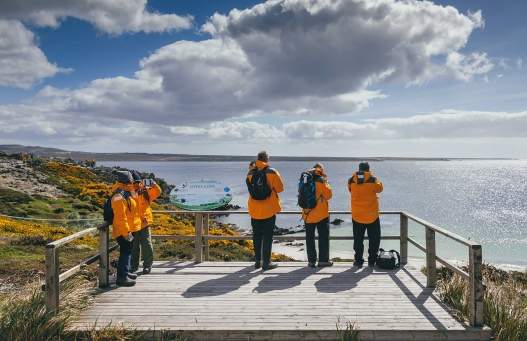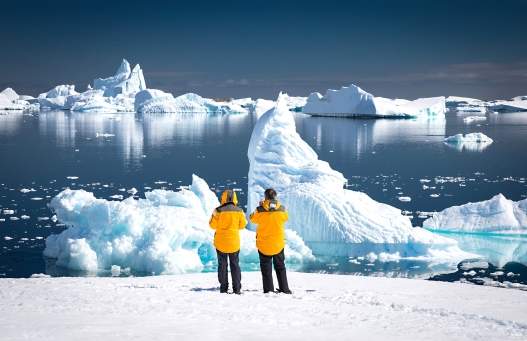Patagonia encompasses the vast southernmost tip of South America, and is shared by Argentina and Chile. The Andes Mountains is the natural divide between Argentine Patagonia (marked by arid steppes, grasslands and deserts) and Chilean Patagonia (which is known for its glacial fjords and temperate rainforest). Many visitors to Chilean Patagonia gravitate to Torres del Paine National Park for its waterfalls, lakes, verdant forests, mountains and the chance to see the Southern Patagonian Ice Field. Also popular is Tierra del Fuego (“Land of Fire”), an archipelago off the southernmost tip of the South American mainland. The archipelago includes Cape Horn, a rocky headland on Hornos Island, and the Diego Ramirez Islands, which are the southernmost albatross breeding grounds in the world.
What a GREAT trip. The ship is a destination all on its own. 50 Years of Victory crushing through the ice is amazing to watch. As always, Quark's guest lecturers and expedition staff were excellent. We also saw 14 lovely polar bears and several groups of walrus. Stunning trip!



























